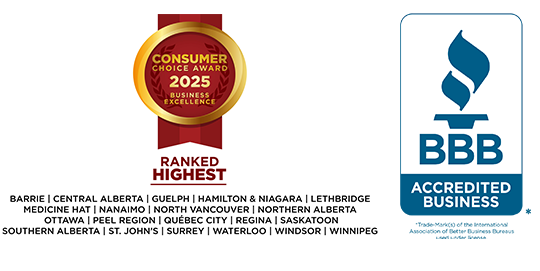Getting further education after high school has become a necessity these days but it comes at a cost. The cost of education continues to rise, along with the costs of moving to a different city to pursue that education, whether in a university or a trades school.
Many students graduate from post-secondary school with significant student loan debt and higher interest credit card debt which they incurred to support their living expenses while in school. Some students are unable to complete their education due to financial hardship. They get temporary relief from student loan payments in hope of securing employment that offers a salary that covers their monthly bills and student loan debt.
The burden of debt starts off manageable but as time goes on, it becomes increasingly overwhelming. If you’re feeling overwhelmed by your debt, there’s no need to panic. There are debt relief solutions available to you, but you must also be aware of some important details.
Factors to consider
There are two important waiting times to be aware of if you want to include your student loan debt in a Bankruptcy or Proposal.
- Seven years from the end of your education
- Five years from the end of your education
You must have completed schooling for seven years for your student loan debt to be discharged (fully forgiven) in a Bankruptcy or Proposal. The exact date you completed your education can be tricky to determine but it is crucial. We recommend you use the date you stopped attending school or the last day of your final exam. If you’re uncertain about these dates, it’s advisable that you contact your institution to confirm the details.
If you attended multiple institutions and obtained separate student loans for each program you studied, your student loan end date would be the last day you attended each institution. For example, if you attended university nine years ago and went back four years later for a different program but took student loans for both, the loan from nine years ago would be forgiven in the Bankruptcy or Proposal. The loan from the second program would require a financial hardship application upon discharge from the Bankruptcy or Proposal.
You can apply for financial hardship if you have been out of school for over five years and you have completed your Bankruptcy or Proposal. This is a court application, so it will be up to the Bankruptcy court to decide to forgive your loans.
The Bankruptcy court will consider your financial hardship application to be successful based on these factors:
- How you used the student loan.
- A track record of good faith with regard to your Bankruptcy and student loan debt(s).
- You have and will continue to experience financial difficulty to the extent of being unable to repay the loan(s).
- The effort to complete the educational program
Dealing with debt can be stressful and overwhelming, especially when it involves student loans. Licensed Insolvency Trustees have an in-depth understanding of the timing and rules associated with these matters. Contact us for a Free Confidential Consultation where we will help you understand how your debt will be managed in a Bankruptcy or Proposal and provide you with a plan for moving forward.



